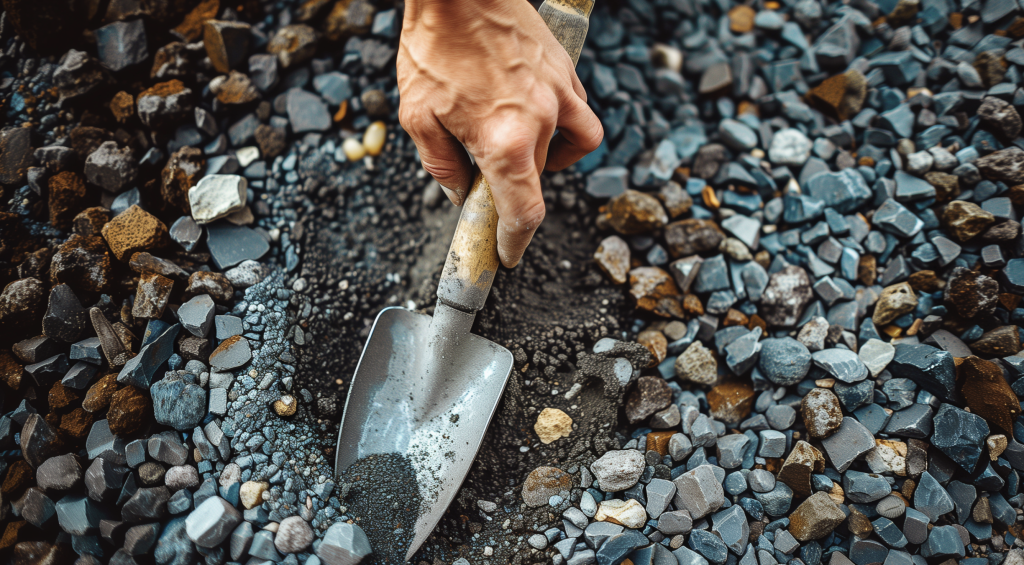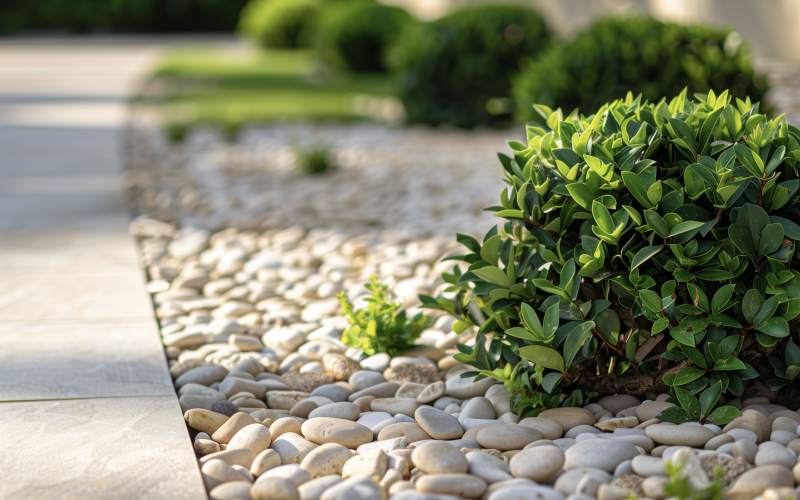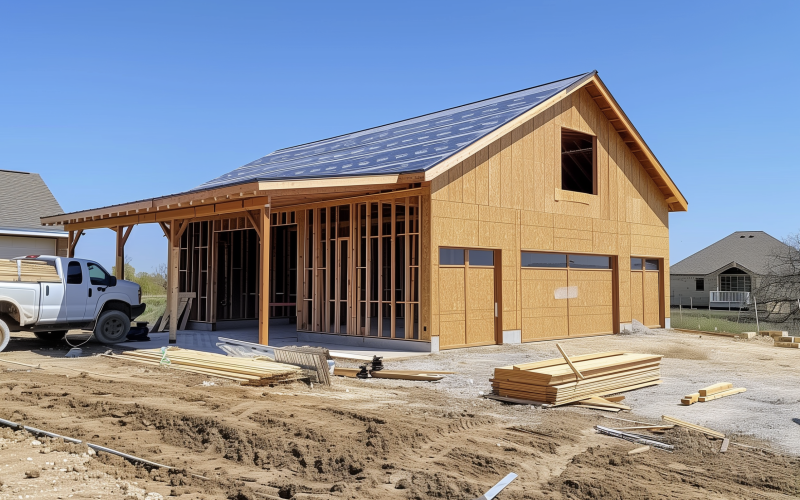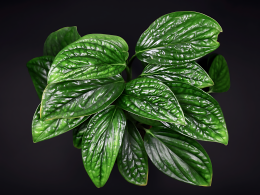Gravel soil can seem like a smart choice for many homeowners. It’s low-maintenance and looks neat, but it’s not without problems.
If you’re thinking about backyard designs with gravel, it’s important to know the full picture.
While gravel can add a modern touch to your landscape, some drawbacks often go unnoticed.
This article will explore the less-discussed downsides of gravel soil, helping you make an informed decision for your yard.
We’ll look at issues like heat retention, impacts on soil health, and long-term effects on your garden.
You’ll also learn about potential challenges for plant growth and maintenance.
By the end, you’ll clearly understand whether gravel soil is the right choice for your outdoor space or if alternative options might better suit your gardening needs and lifestyle.
Main Drawbacks of Gravel Soil
1. Heat Absorption
Gravel tends to soak up and hold onto warmth, making the area around it hotter.
This can create an uncomfortable setting for plants and might even increase the cost of cooling nearby buildings.
The extra heat can be particularly tough on delicate plants, potentially harming their growth.
During hot summers, gravel areas can become too warm to walk barefoot, limiting the enjoyment of your outdoor space.
This heat island effect can also impact local wildlife, making it harder for small animals and insects to thrive in your garden.
2. Sinking into Soil
As time passes, gravel often settles into the ground, forming a layer mixed with soil.
This makes it hard to plant new things later on, as the mix of soil and gravel can block roots from growing properly.
It’s a problem that worsens over time and can be tricky to fix. The sinking effect is more noticeable in areas with high foot traffic or where water tends to pool.
Over the years, your once-level gravel surface might become uneven and patchy, requiring more frequent top-ups to maintain its appearance.
3. Cost Implications
Setting up a gravel area can be pricier than using natural mulches. There’s also the ongoing expense of adding more gravel as it sinks or gets moved around.
These costs can add up, making gravel a less budget-friendly choice in the long run. The initial outlay for good quality gravel and proper installation can be steep.
You’ll also need to factor in the cost of landscape fabric to prevent weed growth and gravel sinkage.
In the long term, gravel upkeep might cost more than maintaining a traditional lawn or garden bed.
4. Potential for Injury
Gravel can become risky if picked up by lawn care tools. It might hurt people or pets nearby or damage things around your yard.
This danger means you must be extra careful when working in gravel areas.
Small children and pets are particularly at risk, as they might try to put gravel in their mouths.
Sharp-edged gravel can also be uncomfortable to walk on, limiting the usability of your outdoor space for barefoot activities.
5. Lack of Nutrient Contribution
Unlike plant-based mulches, gravel doesn’t break down to feed the soil.
This means the ground might become less healthy over time, which isn’t good for your plants.
You might need to add extra plant food to make up for this.
The lack of organic matter can also lead to poor soil structure, making it harder for beneficial microorganisms to thrive.
This can have a long-term impact on the overall health of your garden ecosystem.
6. Difficult Removal and Replacement

Taking out gravel is much harder than removing other ground cover types.
This makes it tough and costly to change your yard’s look later on.
It’s not a flexible option if you often switch up your garden design.
Removing gravel often requires heavy machinery or a lot of manual labor, which can be expensive and time-consuming.
You might also need to dispose of the old gravel, which can be challenging if you have a large area to clear.
7. Weed Growth
While gravel can stop some weeds, it’s not perfect. Weeds can still push through if you don’t use a special fabric underneath.
This means you’ll still need to watch for unwanted plants popping up.
Over time, dust and organic matter can settle between the gravel pieces, creating a perfect environment for weed seeds to germinate.
Removing weeds from gravel can be more challenging than soil, as you risk disturbing the gravel layout when pulling them out.
Situational Drawbacks of Gravel
Drainage Issues
If not put in correctly, gravel can cause water to build up and flood areas.
Getting it right often needs someone who knows what they’re doing and maybe special tools. Poor drainage can lead to big problems for your yard.
In areas with heavy rainfall, improperly installed gravel can lead to water runoff issues, potentially causing erosion or foundation problems for nearby structures.
When planning a gravel installation, it’s crucial to consider your land’s slope and natural water flow.
Visual Appeal
In some settings, like fancy gardens, gravel might not look as nice as other options.
Not everyone likes how it looks, so it might not fit with what you want your yard to look like. It’s worth thinking about whether gravel matches your style before using it.
Some people find large gravel areas stark or uninviting compared to lush, green lawns or colorful flower beds.
The limited color options of gravel can also make creating a varied and interesting landscape design challenging.
Conclusion
While backyard designs with gravel can be appealing, it’s clear that gravel soil comes with significant drawbacks.
From heat absorption and soil degradation to potential injuries and maintenance challenges, these issues can impact your garden’s health and enjoyment of outdoor spaces.
Before deciding on gravel, consider your needs, climate, and long-term garden plans.
Alternative options like organic mulches or native ground covers might better suit your landscape goals. They offer similar benefits without the downsides of gravel.
Remember, the best garden design balances aesthetics with practicality and sustainability.
If you’re still unsure about the best choice for your yard, consider consulting a local landscaping expert who can provide personalized advice based on your unique situation.
Your perfect outdoor space is within reach – it might not be paved with gravel.











